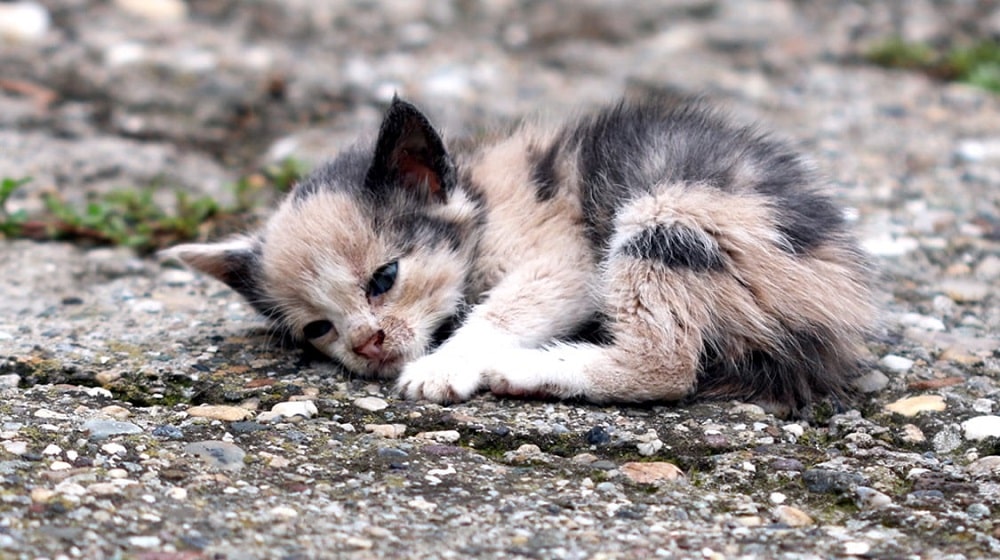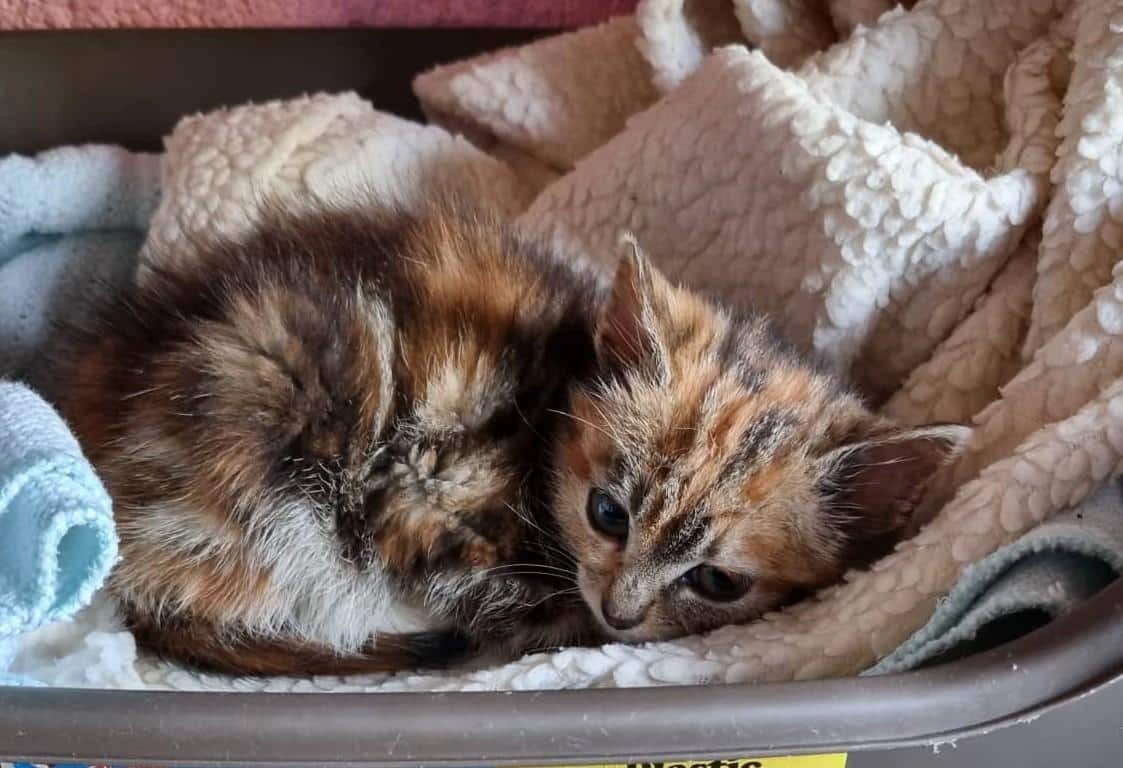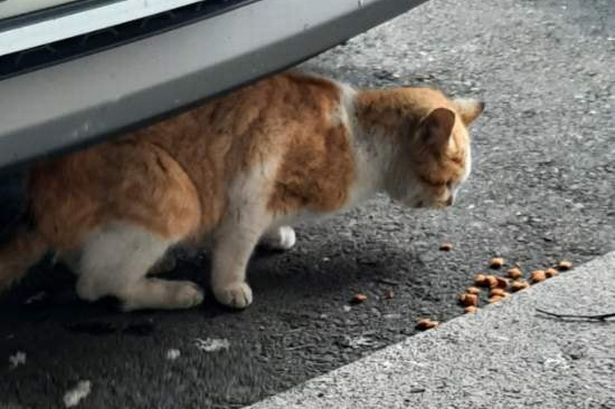The number of animal lovers in Pakistan has been growing steadily over the years, and while it is impossible for everyone to keep indoor pets, you can still contribute to animal welfare by taking care of stray and street cats and dogs. Now that the mercury has dipped considerably, here are some ways in which you can take care of your feline friends.
Cats and humans have a similar body temperature of around 37 °C. So, if you’re shivering, it is likely that your cat, whether it is indoors or outdoors, is uncomfortable, too. The notion that cats can stay warm in the elements this time of the year is a myth. While they are highly adaptable creatures, they cannot pull on sweaters or blankets when they are cold and need you to keep an eye out for:
- Cold extremities (ears, paws, and tail tips)
- Curling up into a ball
- Shivering or trembling
- Seeking warmth
- Wanting cuddles
You can often see cats seeking rays of sunlight to warm themselves up. You can help them by providing them with warm bedding and a blanket, a safe source of heat, or letting them snuggle up to you. Elevating a bed a few feet can help protect them from drafts as well.
For outdoor cats, leave a cardboard box filled with blankets and covered with a liner to shelter them from the cold if it is not possible to bring them inside.
The Rescue Vets state that anything 7 °C and below is “too cold for outdoor cats, so be sure to bring your feline friend to prevent frostbite on their ears, tails, and toes”.
They explain that signs that a cat is too cold and needs to warm up include shivering and feeling cold to the touch, especially around the ears, tail, and feet pads. They could also have dilated pupils, a slowed down heart rate, be unusually lethargic, and have slowed or shallow breathing, which are indicative of hypothermia – an emergency situation. In such cases, you must immediately take the cat to an emergency service veterinary clinic.
Keep in mind that exposing cats to direct sources of heat and leaving them unattended around sources of heat can be extremely dangerous. Also, give them tick and flea treatments to keep them safe from parasites as they can survive in cold temperatures.
Feline Calicivirus
Feline calicivirus (FCV) is a highly contagious virus that leads to mild to severe respiratory infection and oral disease. It is particularly common in shelters and stray cats. It often infects young cats and is highly communicable but poses no threat to humans
Most cats recover completely after an FCV infection but rare strains can be deadly.
Animal Emergency Care lists the following symptoms of calicivirus:
- Uncontrollable, sudden sneezing attacks
- Nasal congestion
- Excessive eye blinking and squinting
- Mouth and tongue ulcers
- Inflamed gums
- Drooling
- Clear, yellow, or green nasal and eye discharge
- Redness around and in the eye
- Loss of smell
- Fever
- Lethargy
- Loss of appetite
- Enlarged lymph nodes
- Painful joints
The following symptoms must not be ignored:
- High fever
- Swelling of the head and legs
- Crusting sores around the face and mouth
- Hair loss around the nose, ears, eyes, and foot pads
- Yellowing of skin
A cat, whether it is an indoor, outdoor, or stray one, needs a veterinary examination if it exhibits symptoms of FCV. FCV often requires treatments that are several weeks long, in addition to multiple follow-up appointments with the vet. Severe cases require extended hospital stays, and can result in a large veterinary bill, which is why it is a good option to get your cat, especially if it is young, vaccinated against FCV.
Ideally, quarantine infected cats and find out if other cats in its surrounding have FCV to prevent repeated breakouts.
Finally, even if you do not own a cat, remember to check your car’s engine and around its wheels before you start up and drive off as cats can sometimes crawl into engines to seek warmth warm.

























